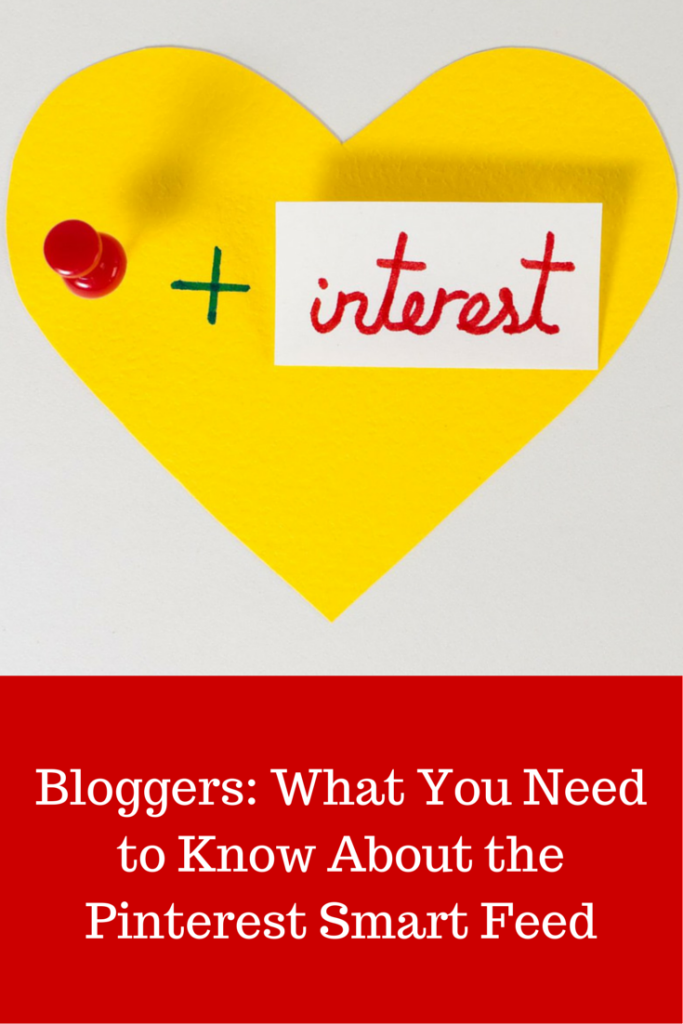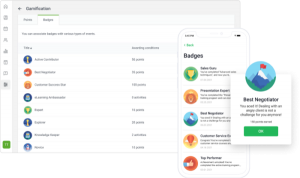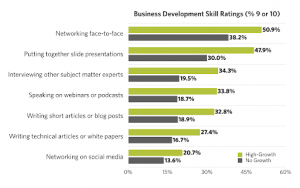
Heads up! There’s a new algorithm in town and it’s known as the Pinterest Smart Feed. The algorithm is based on the quality of a pin, the quality of a pin’s source (blog or website), and rating of a pin (assigned by Pinterest). Each factor is given weight based on the number of people who link to the pin or the direct source. This means you’ll need to do things a little differently in order for your pins to get exposure and produce results. Let’s take a look at each of the weighting factors:
Quality of a Pin
The highest quality pins are now moved to the top of the queue. They remain at the top as long as there is steady interaction (repins).
Quality of a Pin’s Source
The quality of a pin’s source is determined by how often people pin and repin content from a blog or website. When you post something, make sure to pin it! If you repin something, make sure it links to a reputable source.
Rating of a Pin
Pinterest now uses a smart feed content generator to examine and rate each pin that enters its system. Pins are placed best first, not newest first, into the Smart Feed so pins no longer appear in your feed based on when they were pinned. For example, if a user was on a pinning binge to fill up a particular board, you will no longer see a mass quantity of the same types of pins in your feed (such as pink shirts or Purple Things).
According to Pinterest, the “best pins” are high-quality images that are clear and relevant; have minimal text and no borders; and include great, helpful pin descriptions. You can no longer rely on a large number of followers and pin quantity to deliver traffic to your blog.
It’s also important to note that your interests now have an big impact on what shows up in your feed. Things you pin, boards you create and follow, and searches you perform all influence what you see on Pinterest.
How to Take Advantage of the Smart Feed
- Use SEO techniques when pinning and repining. First, save all the images you use in your blog posts with clear, direct descriptions. When we save images, they often save with titles like IMG8897 or canon_3232. These are not search-engine friendly descriptions/titles. If you are adding a picture of an orange tiger cat to a post about orange tiger cats, save the image file as “orange tiger cat” before you upload it to your media library. Next, after uploading an image to your blog, add alt tags (alt-text) for even more effective search results. Here’s a great tutorial to get you started. Finally, when pinning and repining, write clear SEO-friendly descriptions that include just the right amount of keywords. Keyword-stuffing in pin descriptions will cause them to rank lower.
- Optimize your blog for Pinterest. Add the Pinterest follow and Pin It buttons to your blog. The more often your content is pinned by visitors, the better it will perform in the Smart Feed. Create tall, vertical images that are adored by Pinterest users. Add them to every blog post. Canva’s free design tool offers a premade Pinterest template that is 736 pixels wide by 1103 pixels tall. Use it! Also use the Pinterest Pin widget for embedding pins directly into your blog content. This helps engage or connect your blog with your Pinterest content.
- Monitor your analytics. Consider using a third-party app for even greater insight into how your pins are performing.
- Make sure that you are creating and maintaining organized “interest relevant” boards. Titles should be clear and to the point.
- Don’t overuse hashtags. Although Pinterest hasn’t specified, too many hashtags in a pin’s description may negatively impact a pin’s ranking.
- As previously mentioned, make sure your pins and repins link back to high-quality content and the correct sources (blogs/websites). Pins with irrelevant links or those that appear spammy are ranked lower.
- If you have the time, revisit old pins and update them with richer descriptions. Add better descriptions to your Pinterest boards, too.
- Last, but not least, be active on Pinterest and pin regularly. The more you use this platform, the greater the chances of it driving quality traffic and new readers your way.
What do you think? How are you using Pinterest? What are your most popular pins?
(322)







